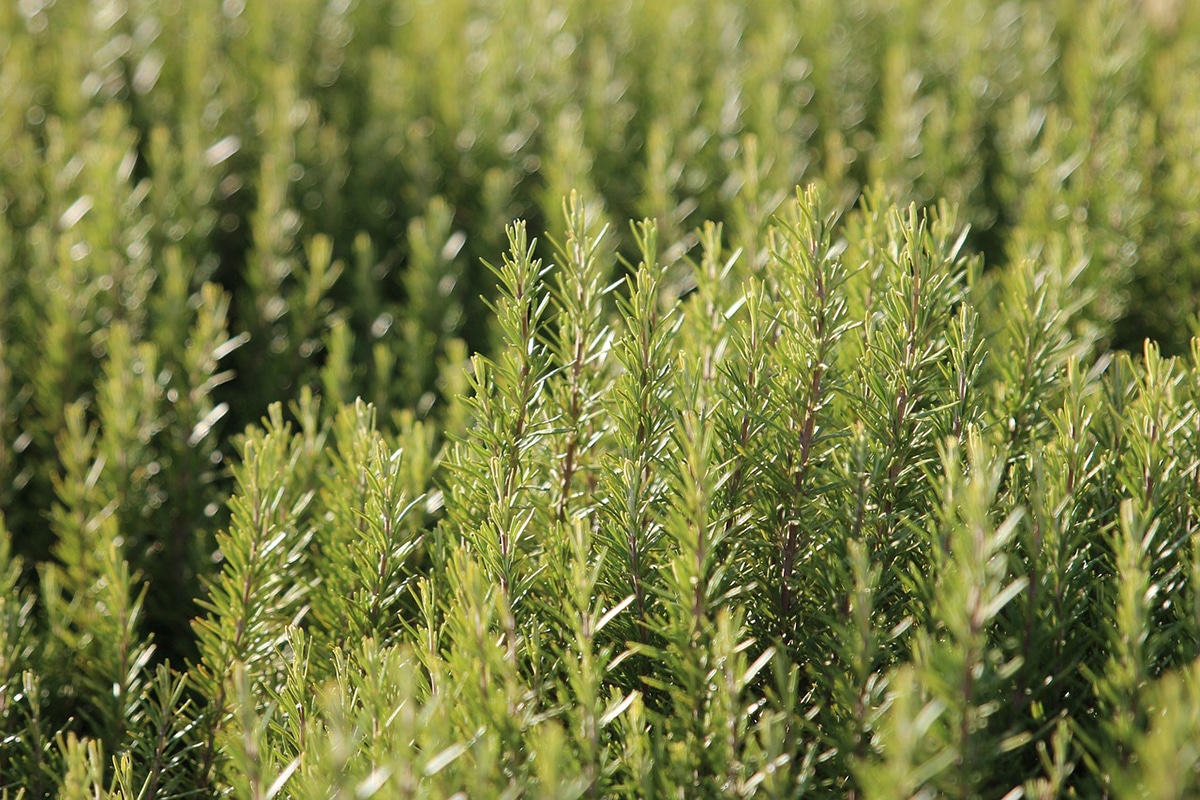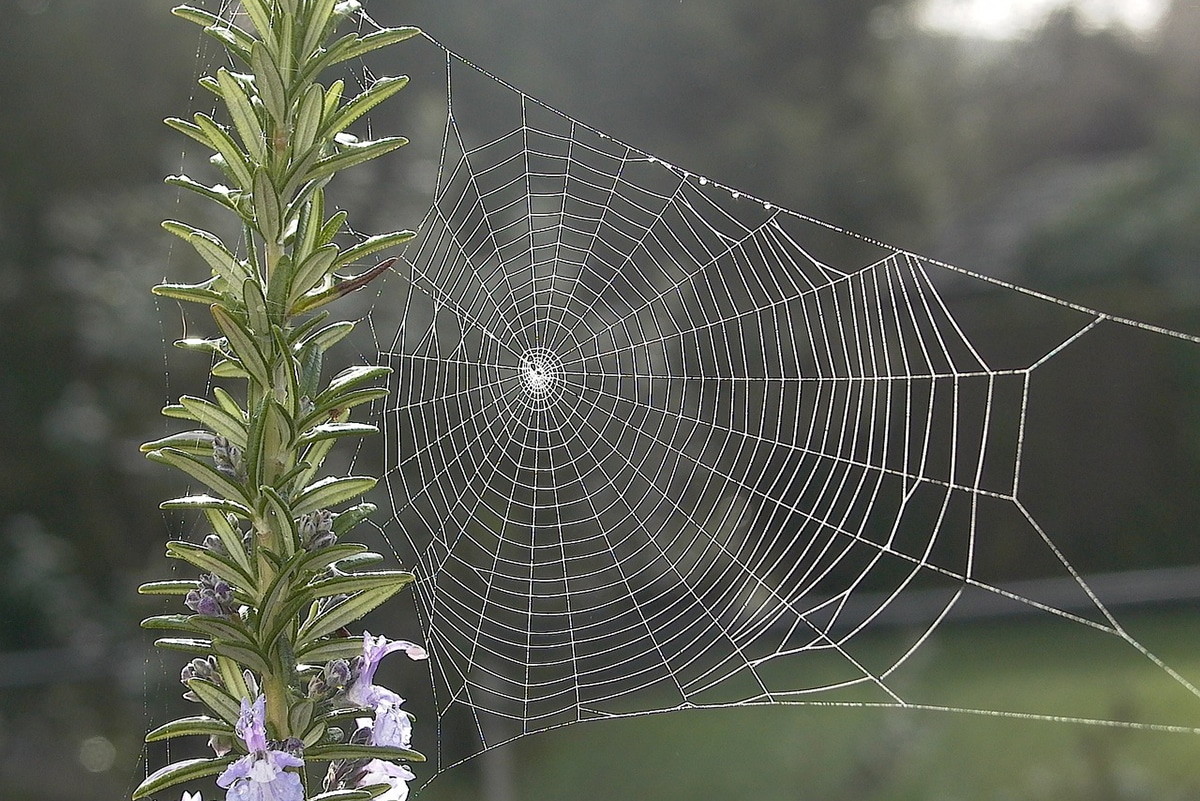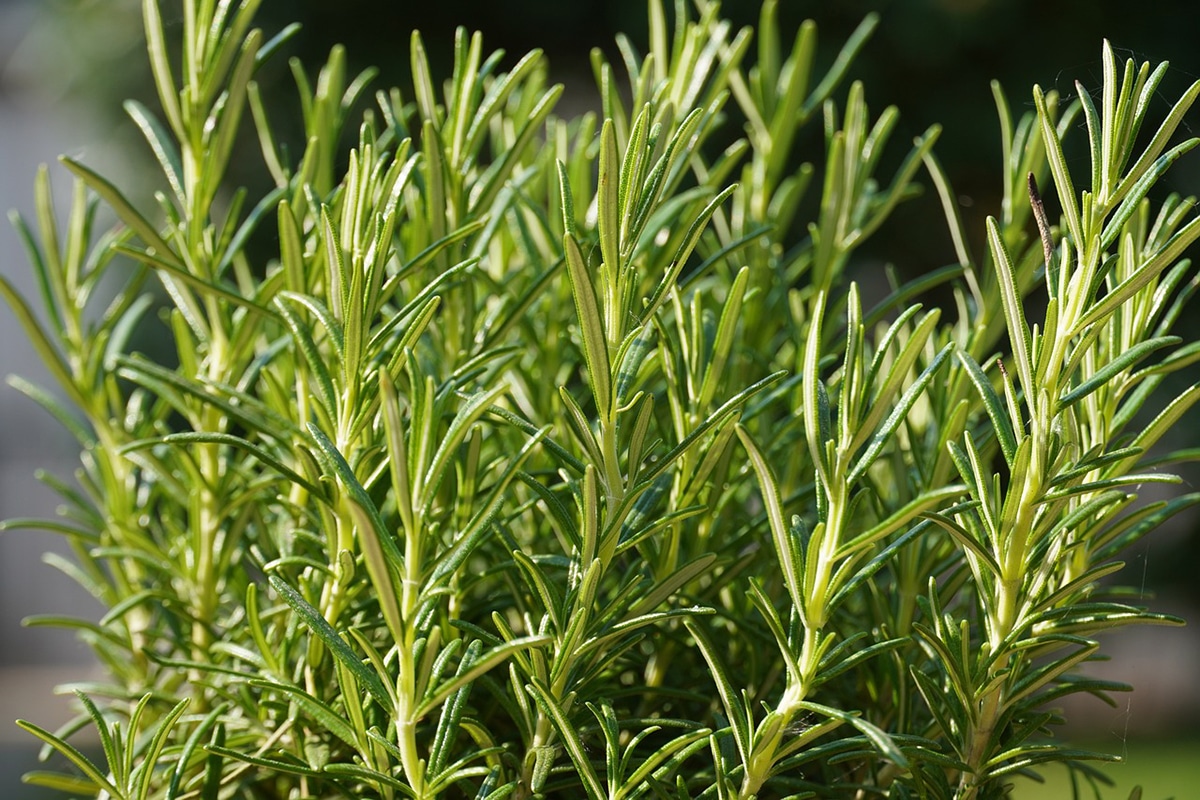
Rosemary is an aromatic and medicinal plant highly appreciated in gastronomy and herbal medicine, but like all vegetables, it is exposed to different diseases that can affect its health and growth. From fungi to insect pests, rosemary diseases can seriously damage the plant if not treated properly.
In this article we will talk about the most common diseases that can affect rosemary, their symptoms and how to prevent and treat each of them. If you are a lover of rosemary or if you have a plantation of this vegetable, this guide will be very useful to keep your plants healthy and strong.
What diseases does rosemary have?

In general, rosemary is a hardy plant and does not usually suffer from serious diseases. However, like any vegetable, may be affected by some problems, including various fungi, insects and viruses. Next we will talk more in detail about these pathologies.
Rosemary Diseases: Fungi
There are several types of fungi that can affect rosemary, such as these:
- Phytophthora: This fungus can cause root rot and can lead to the death of the plant. It usually develops in poorly drained soils or in areas with excess moisture. See file.
- Rhizoctonia: It usually attacks seedlings and can cause root, crown and base rot of the plant. It develops in humid soils and with a high density of plants. See file.
- Botrytis: This fungus can cause spots on the leaves and stems, and can lead to the death of the plant. It develops in conditions of high humidity and little ventilation.
If the presence of a fungus is suspected, the affected parts of the plant must be removed and, if necessary, treat it with specific natural or chemical fungicides for each type.
Rosemary Diseases: Insects
Not only fungi, but also insects can damage rosemary. These appear in the form of pests and can be a consequence or cause other diseases, whether of fungal or viral origin. Among the insects that are most common on this plant are the following:
- Aphids: These sap-sucking insects can weaken the plant and cause the leaves to turn yellow and drop. Aphids also excrete a sticky substance known as "honey dew," which can attract other insects and fungi. See file.
- White fly: Whiteflies are small white insects that suck the sap from the plant, which can weaken the plant and cause the leaves to turn yellow and drop. They can also transmit diseases from one plant to another. See file.
- Red spider: The red spider mite is a small mite that feeds on the sap of the plant and can cause yellowing and leaf drop. The presence of fine, white cobwebs on the plant is a sign of an infestation. See file.
- Colorado potato beetle: The potato beetle is an insect that feeds on rosemary leaves and flowers. Beetle larvae can also feed on the roots of the plant, which can weaken the plant. See file.
If an infestation is detected, it is important to act quickly to prevent it from spreading to other nearby plants. For this, natural or chemical insecticides specific for each type of insect can be used, if necessary.
Rosemary Diseases: Viruses
Viruses that can affect rosemary are rare, but can cause significant health problems for the plant. These are pathogens that cannot reproduce without the help of a plant cell and they are spread mainly through infected plant material or by vectors such as insects. Among the viruses that can affect rosemary are the following:
- Tomato mosaic virus: It causes yellow spots on the rosemary leaves and causes them to curl and become misshapen.
- Cucumber mosaic virus: It also causes yellow and brown spots on rosemary leaves. Also, it can cause the leaves to become misshapen and twisted.
- Tomato yellow dwarf virus: It can cause a decrease in the growth of the plant and cause the leaves to turn yellow and misshapen.
There are no specific treatments for viruses, so the best way to prevent its spread is to keep the plant healthy and strong, and avoid the spread of infected plants. If the presence of a virus is suspected, it is important to remove the infected plant as soon as possible so that the disease does not spread.
How to cure a sick rosemary?

Treatment of a sick rosemary It will depend on the type of disease or pest that is affecting the plant. Here are some general tips for treating this vegetable:
- Identify the disease or pest: It is important to correctly identify the problem that is affecting rosemary in order to treat it properly.
- Remove the affected parts: If the problem is limited to a specific section of the rosemary, such as a bud or leaf, carefully remove it to avoid spreading the problem. If the plant is badly affected, it may be necessary to cut it back to the base.
- Treat the plant with a home remedy or a commercial product: To treat specific diseases or pests, you can use home remedies such as garlic infusions, neem oil, insecticidal soap, or specific commercial products for the problem that is affecting the plant.
- Control environmental conditions: Rosemary needs well-drained soil, adequate water, and sunlight to grow healthily. Make sure it is getting enough sunlight and that the watering is adequate for its needs.
- Prevention: To prevent future rosemary problems, be sure to keep the plant strong and healthy with good nutrition and general care.
If the problem persists despite treatments, it is advisable to seek the help of a gardening expert or an agronomist to give you a more specific opinion and treatment.
Fungus prevention
Prevention is key to avoid the appearance of fungus in rosemary. Let's see how to do it:
- Control irrigation: Fungi thrive in humid environments, so it's important not to overwater rosemary. Allow the soil to dry out slightly before watering again, and make sure that water does not pool at the base of the plant.
- Maintain good ventilation: They also spread in closed environments with little ventilation. Make sure the rosemary has good ventilation and air circulation in its environment.
- Avoid moisture: As we have already said, fungi thrive in humid and dark environments, so it is important to avoid humidity in the rosemary environment. Avoid spraying water on the leaves and make sure the plant's environment is well ventilated and has good natural lighting.
- Clean garden tools: Fungi can spread from one plant to another through gardening tools. It is important to clean and disinfect them before using them on another vegetable.
- Use fungicides: While prevention is the best strategy, in some cases it may be necessary to use fungicides to prevent or control the spread of fungus on rosemary. Fungicides can be organic or chemical, and your choice will depend on the type of fungus and the severity of the infection.
insect prevention
Let us now see some key points to prevent the appearance of insects:
- Regularly inspect: It is important to regularly inspect the rosemary for any signs of insect infestation. Once a problem is detected, it is easier to deal with.
- Plant in the right place: If possible, plant the rosemary in a location that is not exposed to direct sunlight all day, as this can attract some types of insects. Also avoid planting near other vegetables that attract insects.
- Keep the soil healthy: A healthy and well-nourished soil can help prevent the appearance of insects in the rosemary. Be sure to fertilize regularly with an organic fertilizer.
- Water properly: Proper watering can help keep rosemary healthy and prevent insects from appearing. Water the plant regularly and avoid excess moisture.
- Use natural insecticides: In some cases it may be necessary to use natural insecticides to prevent or control the spread of insects. Some examples are neem oil, garlic, and lavender oil.
virus prevention
Unlike fungi and insects, virus prevention in plants is more difficult because Viruses can be transmitted by various sources, such as air, insects and garden tools. However, here are some steps you can take:
- Keep the plant healthy: Healthy plants are less prone to contracting viruses.
- Be sure to use clean garden tools: Viruses can be transmitted through garden tools, so it's important to clean and disinfect tools before using them.
- Prevent the spread of insects: Insects can carry viruses. Use the preventive measures mentioned above.
- Planting in suitable places: Viruses can spread from one plant to another if planted in the wrong places. It is important to plant rosemary in a location with enough space between other plants to prevent the spread of viruses.
- Eliminate infected plants: If a virus-infected plant is detected, it is important to remove it as soon as possible to avoid spreading the virus to other nearby plants.
I hope this information has been useful for you to prevent, detect and treat rosemary diseases.